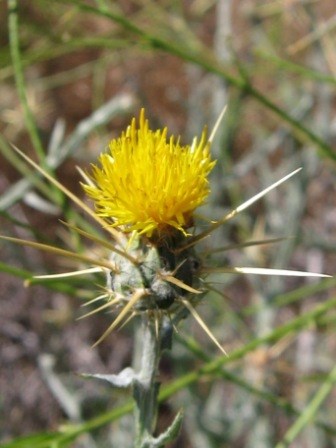|
When the Lewis and Clark expedition arrived in Nez Perce Country in 1805, Lewis wrote: “The country along the rocky mountains…is level extremely fertile and in many parts covered with a tall and open growth of the longleafed pine, near the watercourses the hills are steep and lofty tho’ are covered with a good soil not remarkably stony and possess more timber than the level country. the bottom lands on the watercourses are reather narrow and confined tho’ fertile and seldom inundated. this country would form an extensive settlement; the climate appears quite as mild as that of similar latitude on the Atlantic coast if not more so and it cannot be otherwise than healthy; it possesses a fine dry pure air. the grass and many plants are now upwards of knee high. I have no doubt but this tract of country if cultivated would produce in great abundance every article essentially necessary to the comfort and subsistence of civillized man. to it’s present inhabitants nature seems to have dealt with a liberal hand, for she has distributed a great variety of esculent plants over the face of the country which furnish them a plentifull store of provision…” 
NPS Photo Since Lewis and Clark’s time, most of the habitat for plants important to the Nez Perce culture, have been drastically altered through agricultural and industrial development. This makes it especially important to preserve remaining habitats and monitor current conditions in Nez Perce National Historical Park. Within the park, management issues include concerns over the spread of nonnative and invasive weeds—e.g., yellow starthistle (Centaurea solstitialis), field bindweed (Convolvulus arvensis), poison hemlock (Conium maculatum), and others—and the preservation and interpretation of wildlife habitat in the face of increasing commercialization and urbanization. The presence of any federally listed threatened or endangered species require managers to consider potential actions to avoid impacts on special status species and/or wetlands that support such species. Climate change is also an increasingly pressing issue throughout the National Park Service and the nation. |
Last updated: November 21, 2017
